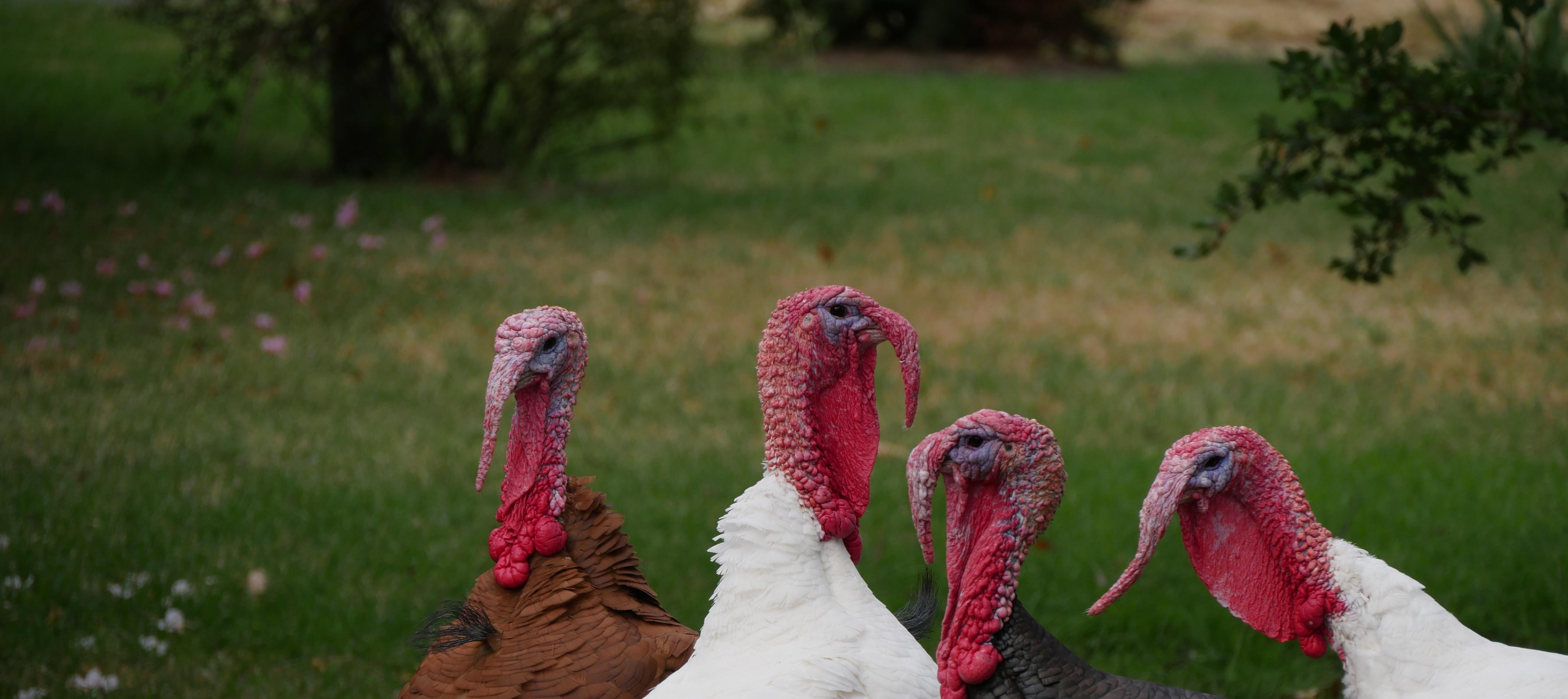
Let’s Talk About The Turkey On Your Table
No Thanksgiving table is complete without a huge, roasted-to-perfection turkey. As Americans, we love turkey so much that many of us will roast one numerous times throughout the year just to savor that Thanksgiving feeling. But the grocery store turkey that’s probably on your table is a far cry from the one that’s out in the wild.
The History Of The Thanksgiving Turkey
No one knows for absolute sure why the turkey is the centerpiece of the Thanksgiving table. As with many facts from the “First Thanksgiving” in 1621, the truth has been distorted over the years. Most historians agree that first meal between the pilgrims and Native Americans most likely did not focus on the famous bird. The credit might be given to Sarah Josepha Hale, the Godmother of Thanksgiving, who pushed for the holiday, finally declared by Abraham Lincoln in 1863. Others believe the bird’s role as a popular protein in English feasts due to its large size also contributed to its popularity. No matter the origin, the bird of the mid-19th century is a pale comparison to the one bought today in grocery stores across the country.
Today’s Mass Produced Birds
The frozen, tightly-wrapped, white package of poultry picked up before Thanksgiving bears little resemblance to the turkeys in the wild. For example, a farm-raised hen typically weighs about 25 pounds while a tom weighs 40 pounds, according to a comparison by the World Science Festival. Compare that to a wild turkey which weighs eight to 18 pounds. Supermarket turkeys are bred for meat so their breastbones are shorter to make room for more breast meat, giving them shorter legs and inhibiting flight. They live for about two to three months before slaughter and are treated with antibiotics because of the illnesses they receive from overcrowding. All of this produces meat that is much blander than the wild variety.
Make Your Thanksgiving Bird Wild
Wild turkeys are richer, gamier and leaner than a supermarket bird. Their dark feathers help them blend into their surroundings. They can sprint across land at nearly 25 miles per hour and fly short distances. They’re also fun to hunt. These elusive, paranoid birds are a challenge but having the right food plot puts them that much closer to your Thanksgiving table.
Ragan & Massey offers two PlotSpike blends to help you create the ideal dining table for wild turkeys. The Spring & Summer blend provides quality forage when competition from natural browse is most intense. It is a combination of forage soybean and millets and will not only attract toms and hens, but deer and wild hogs. Our Chufas blend offers a plot filled with the nut-like subterranean tubers that wild turkeys love. Plus, once established, a chufa food plot will last for years.
Choosing the perfect food plot seed is as easy as clicking here to see where you can buy PlotSpike.